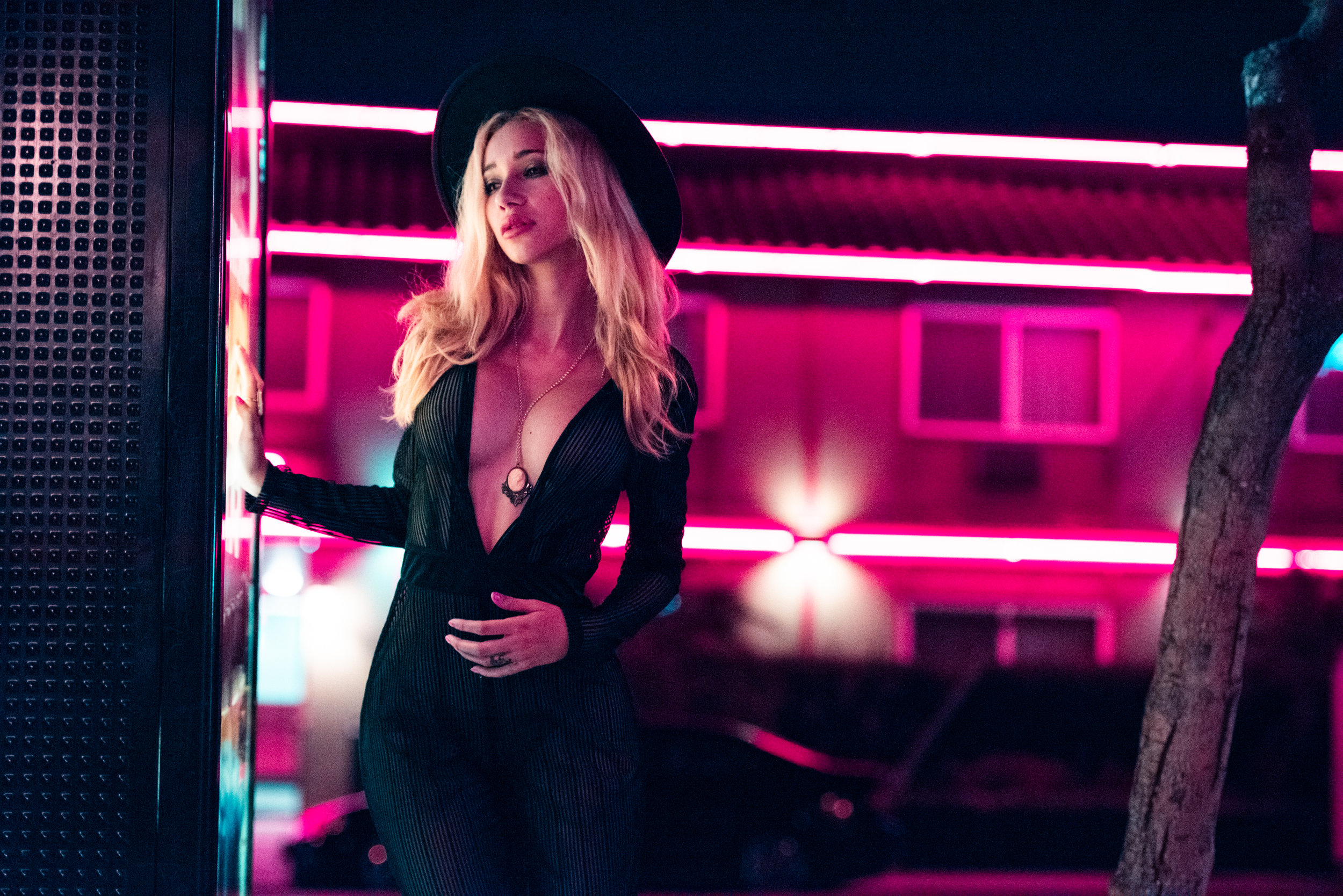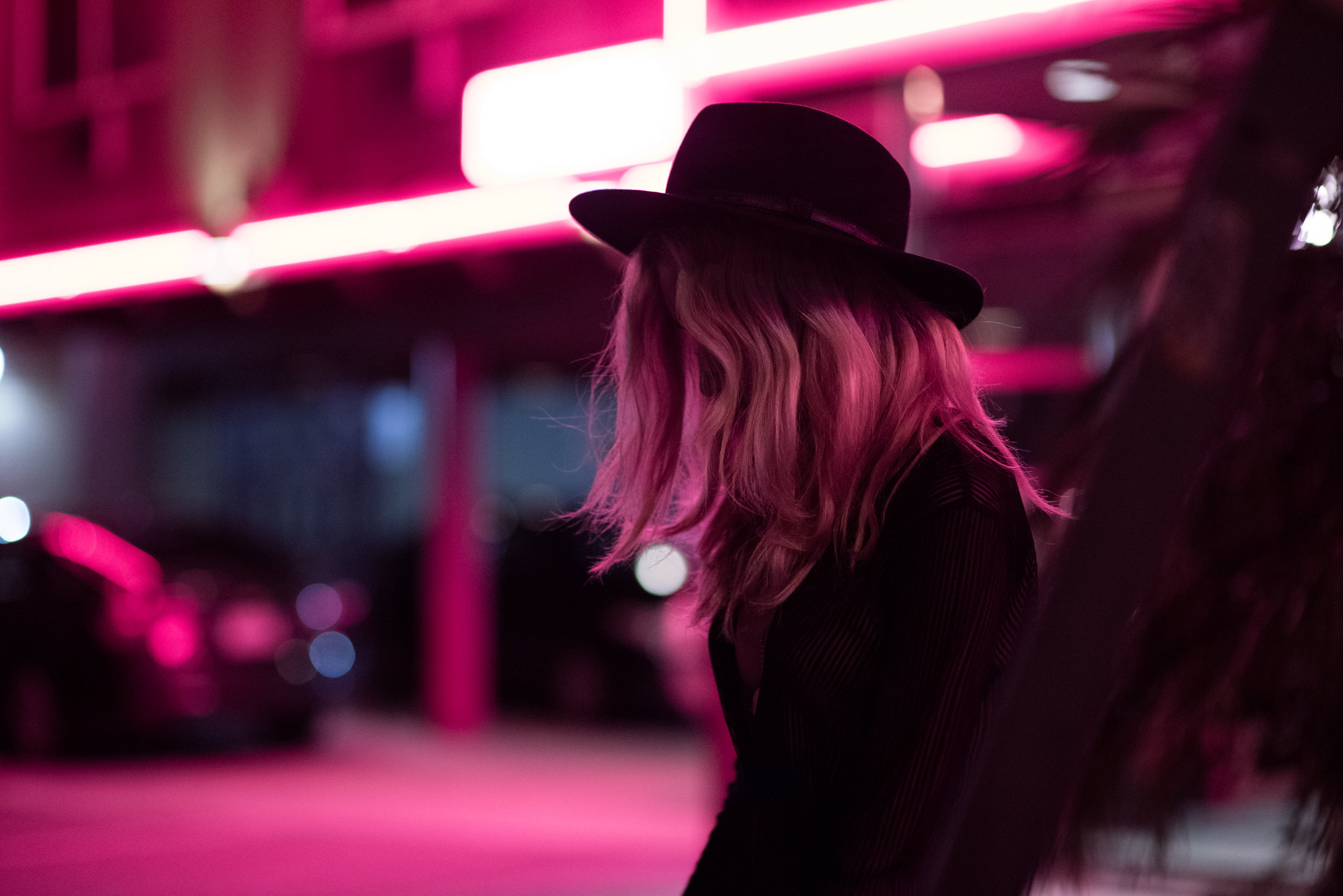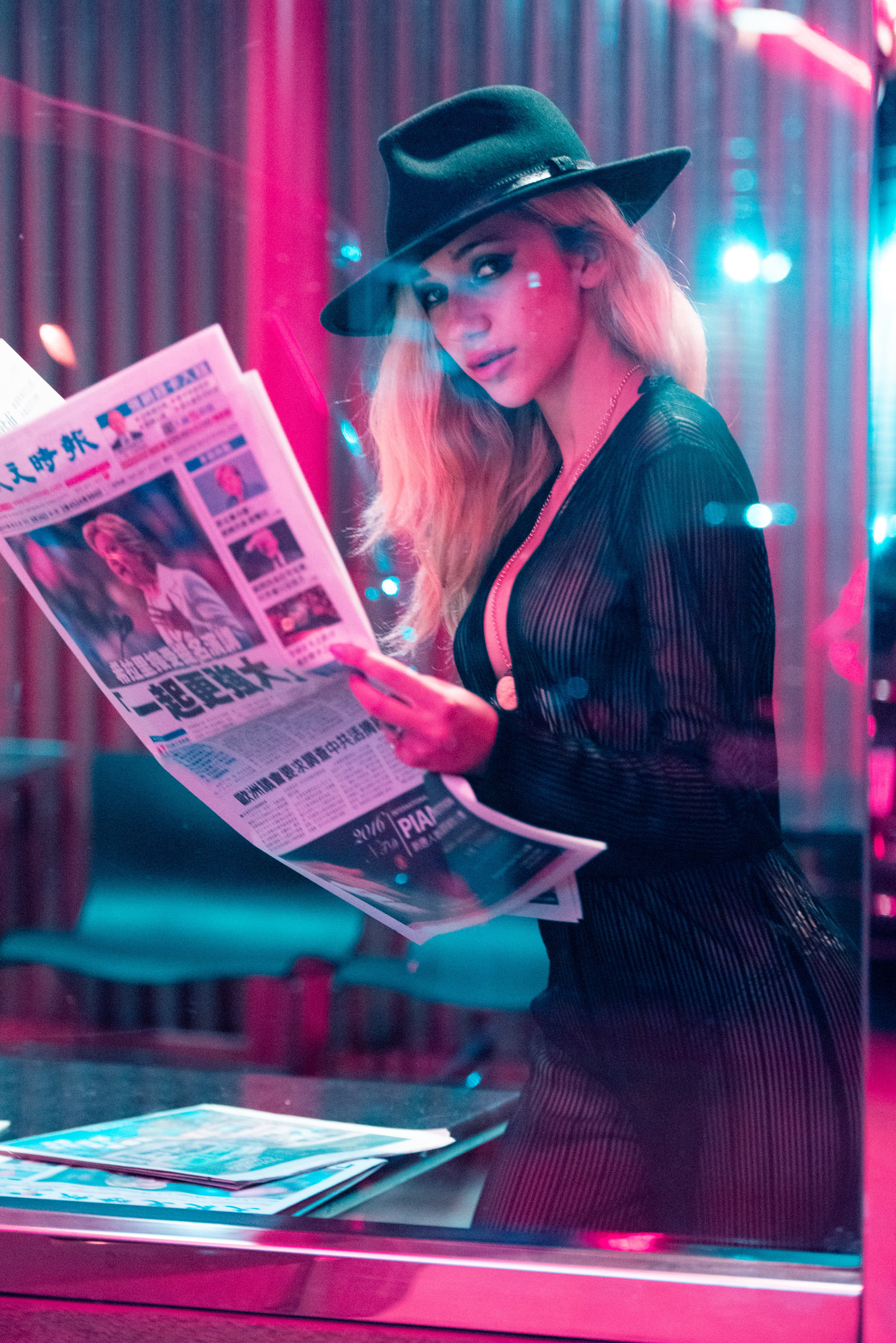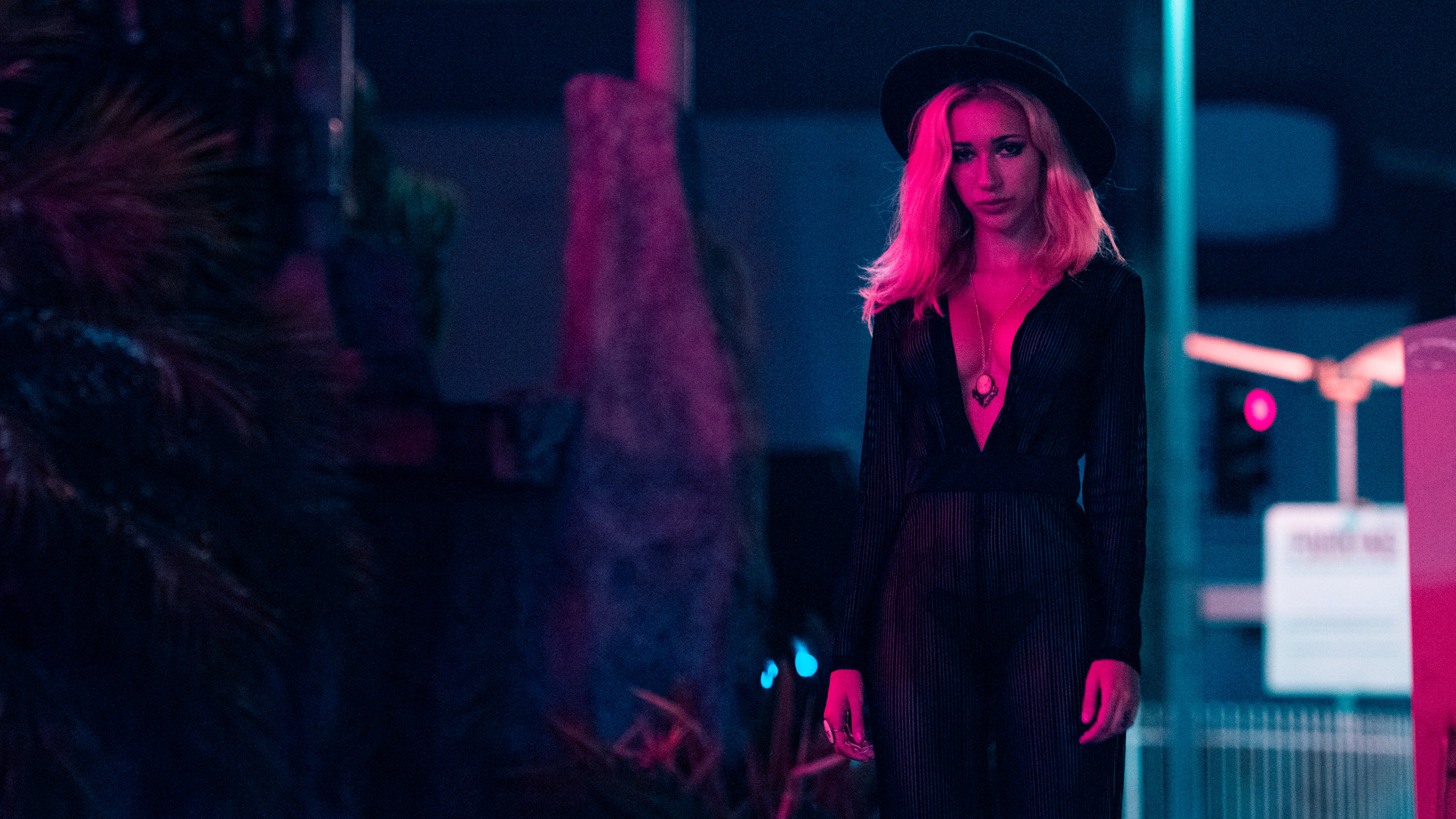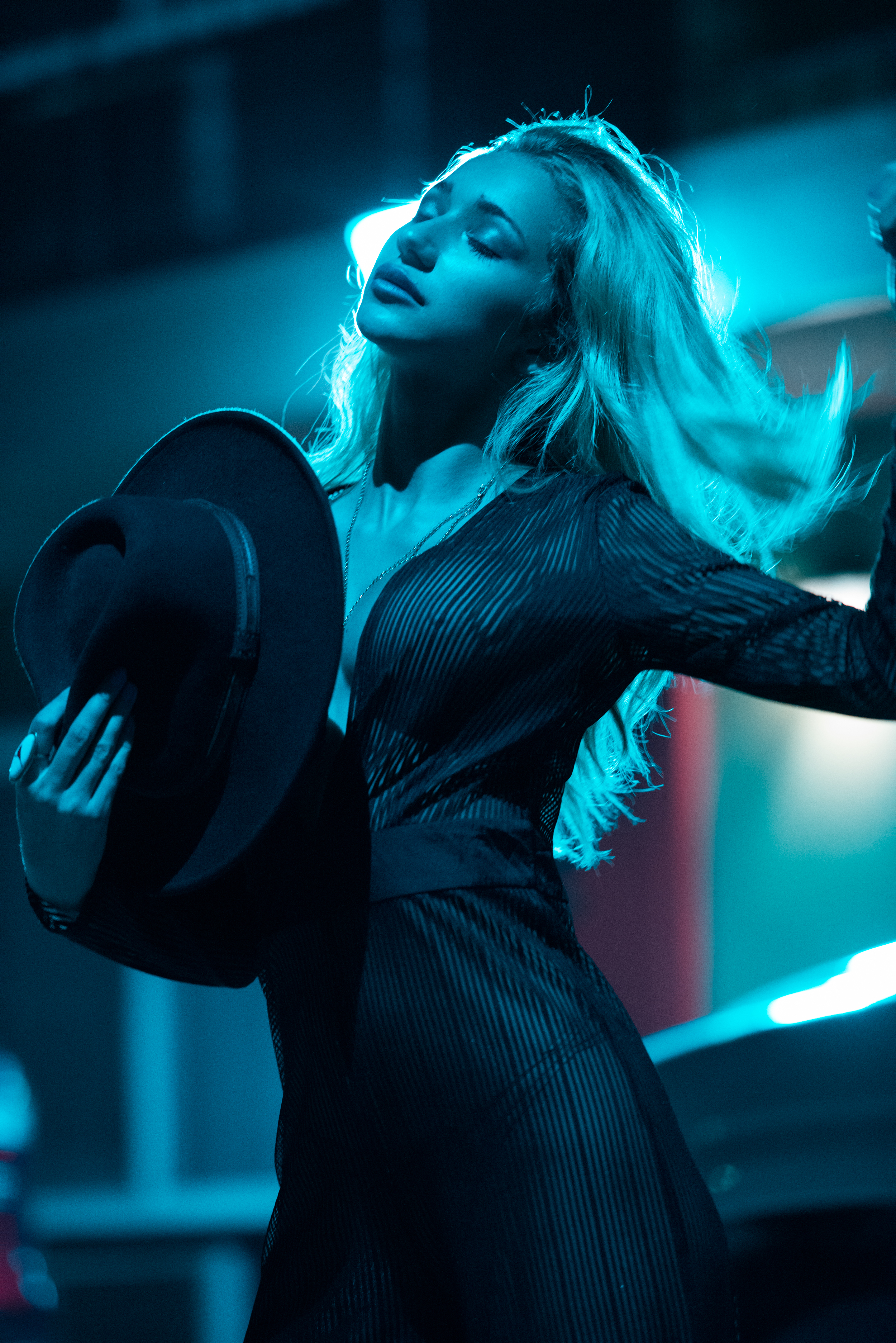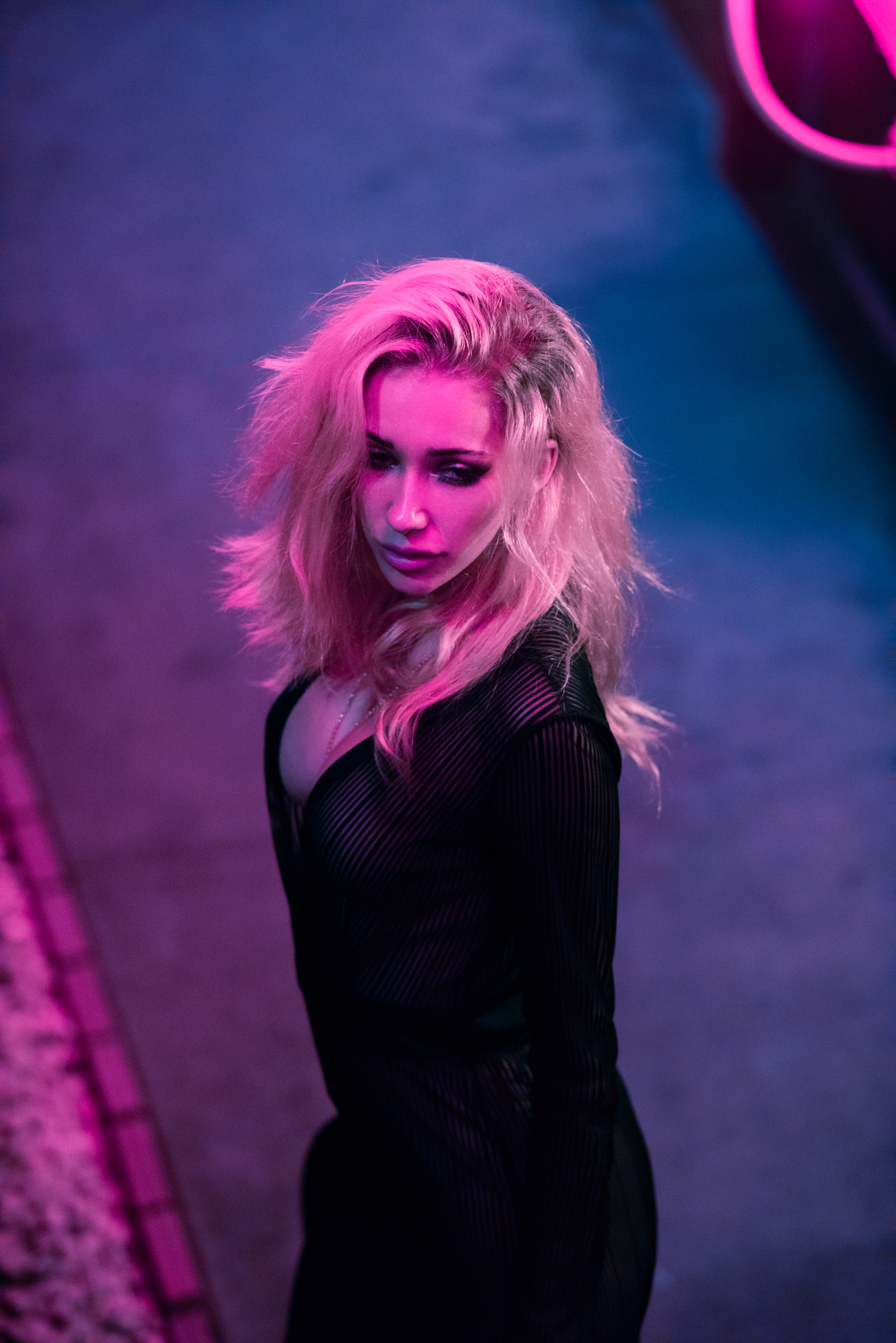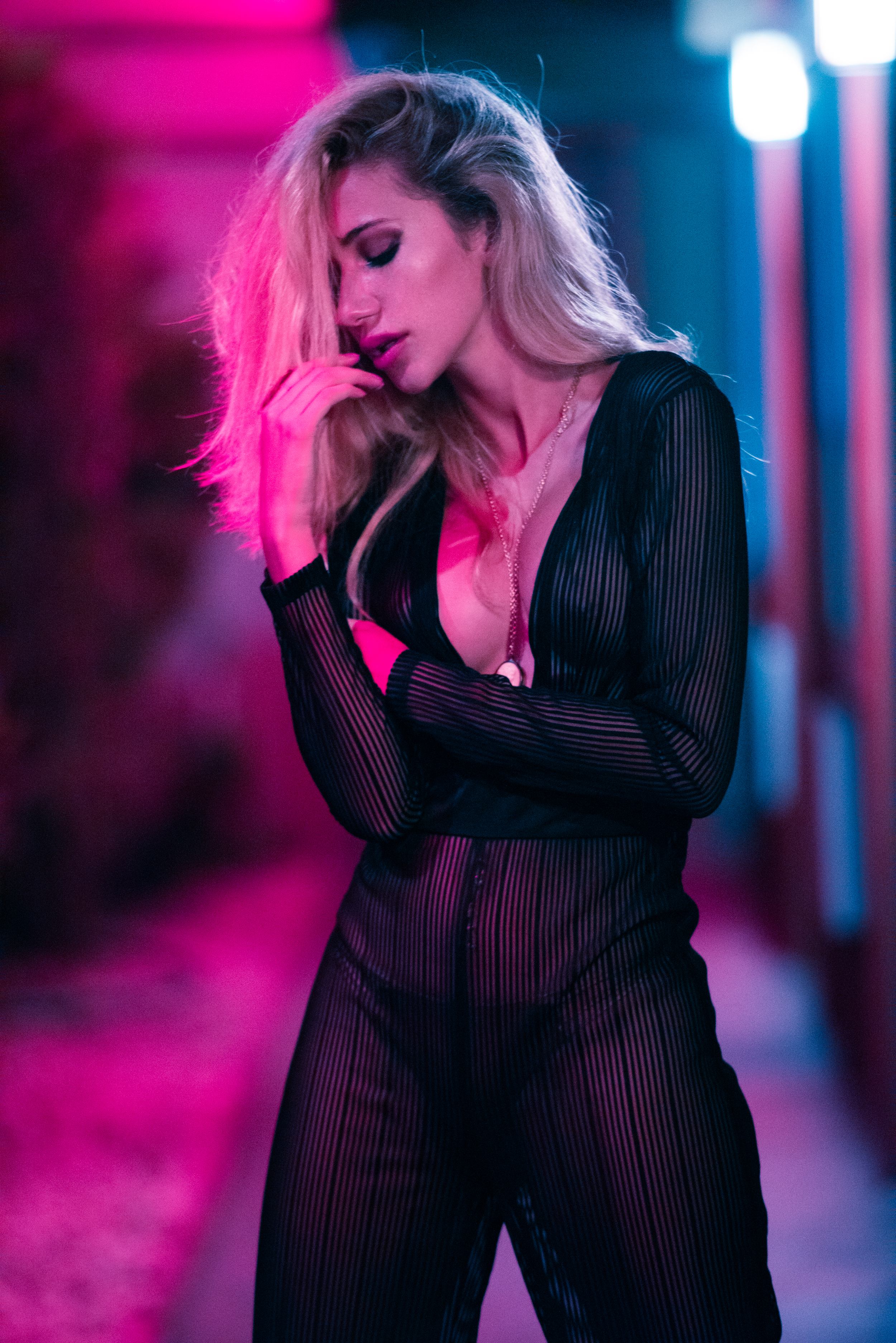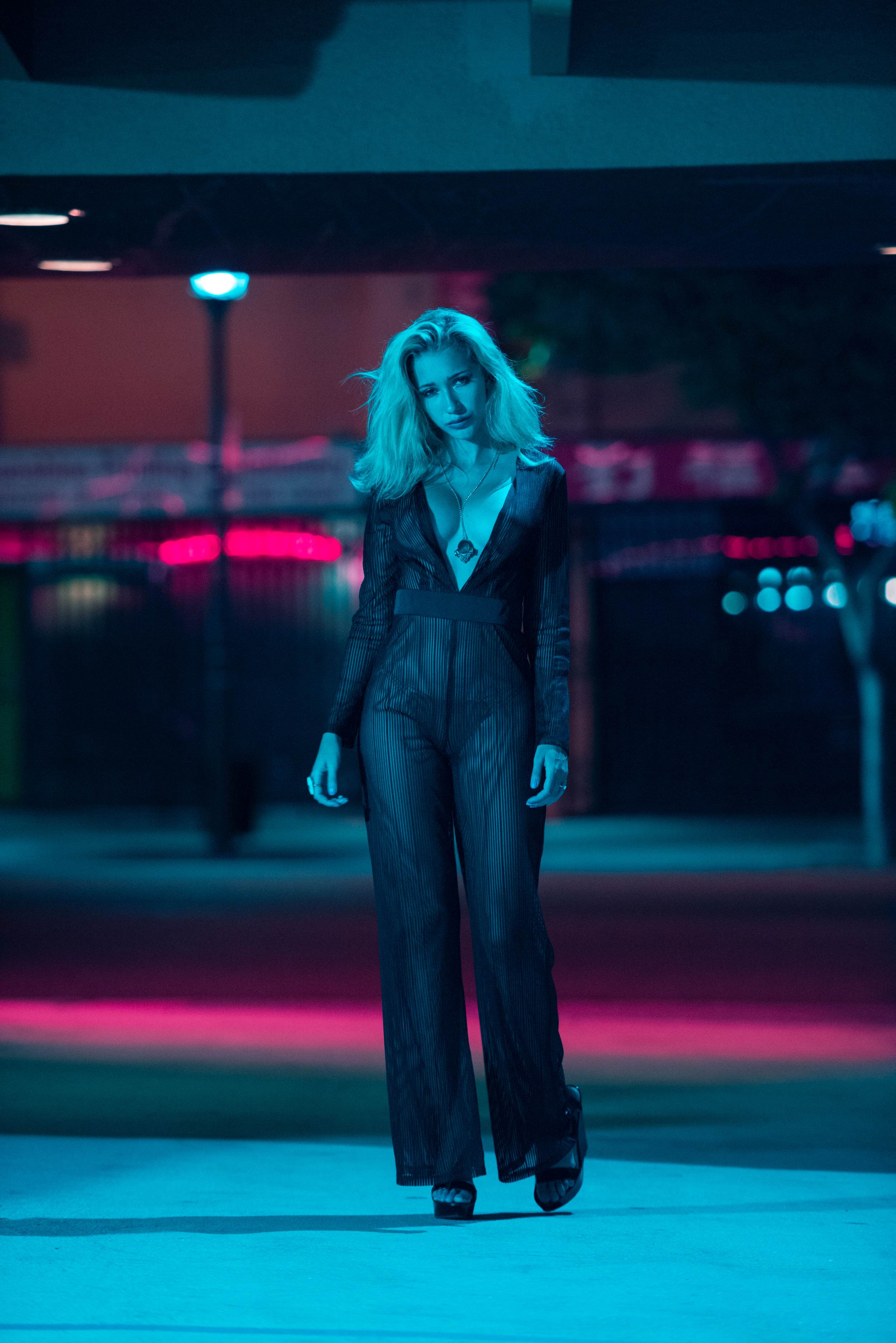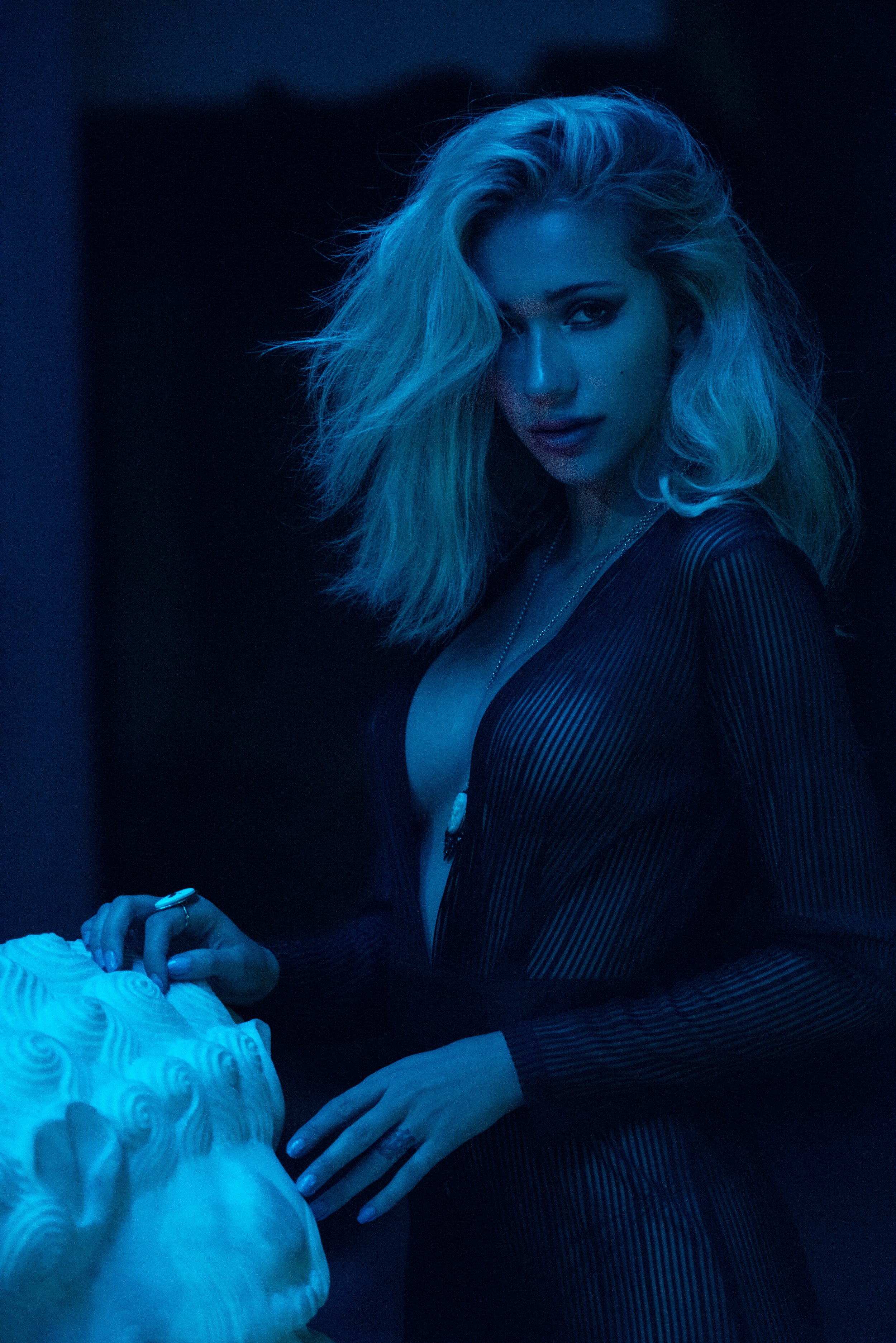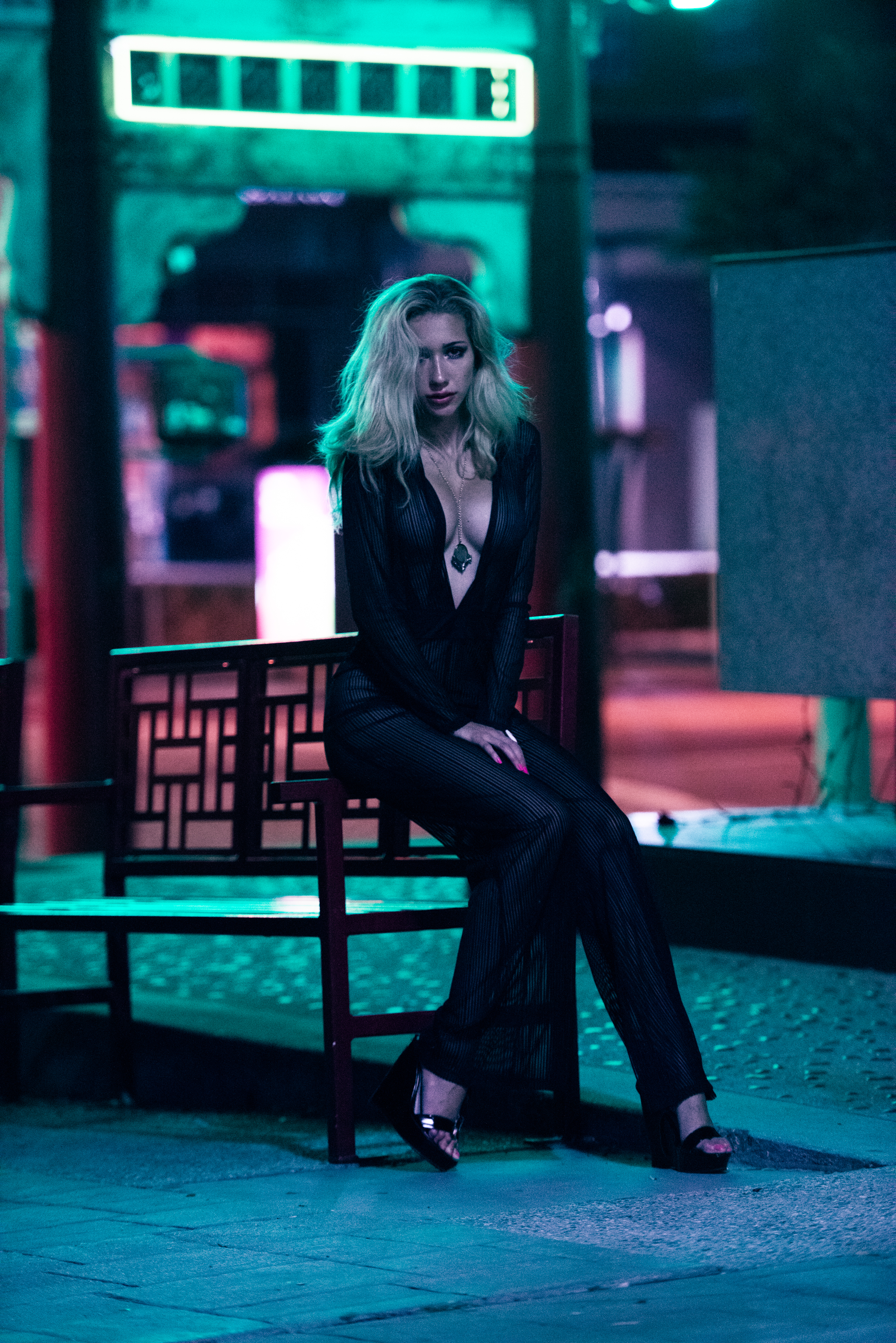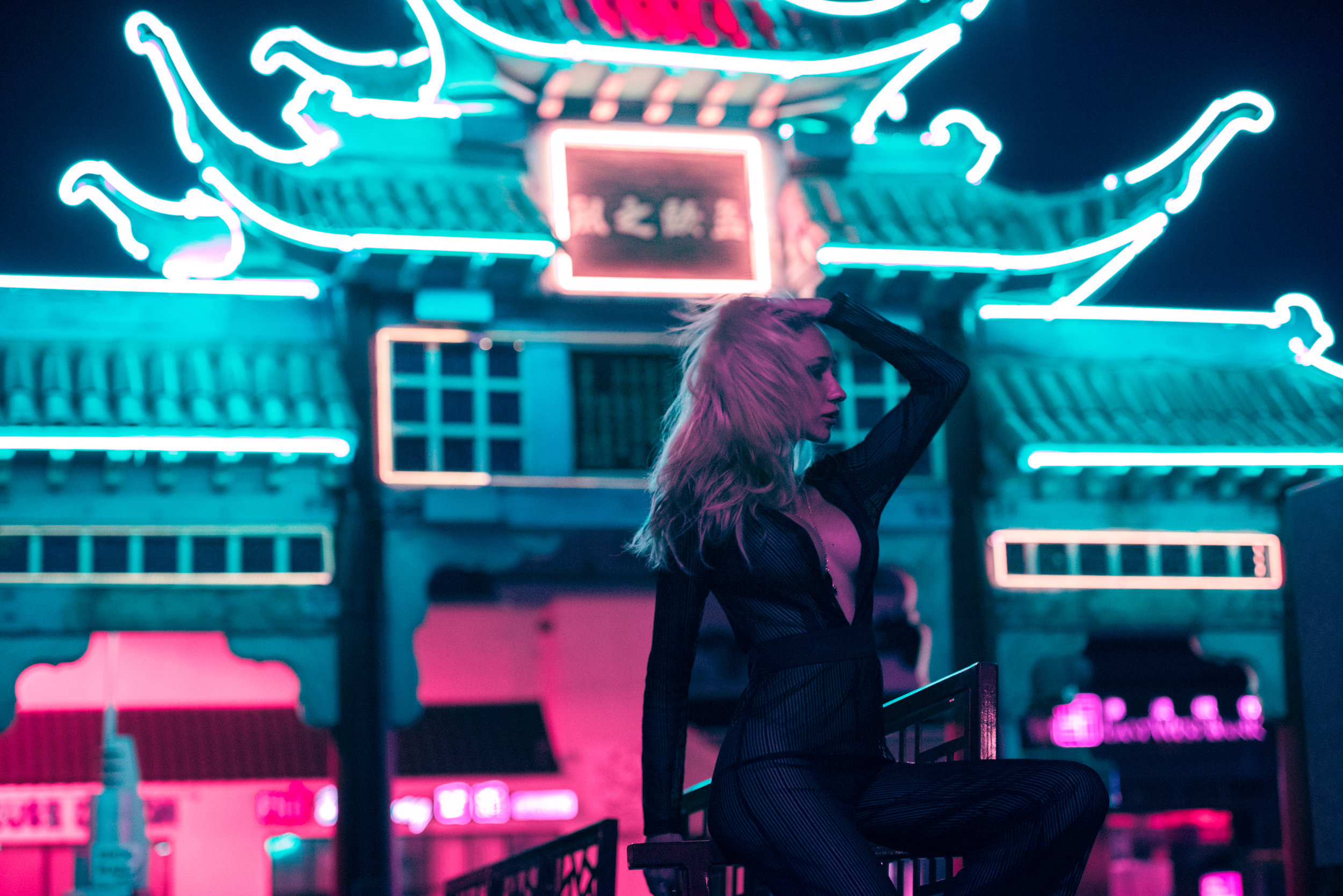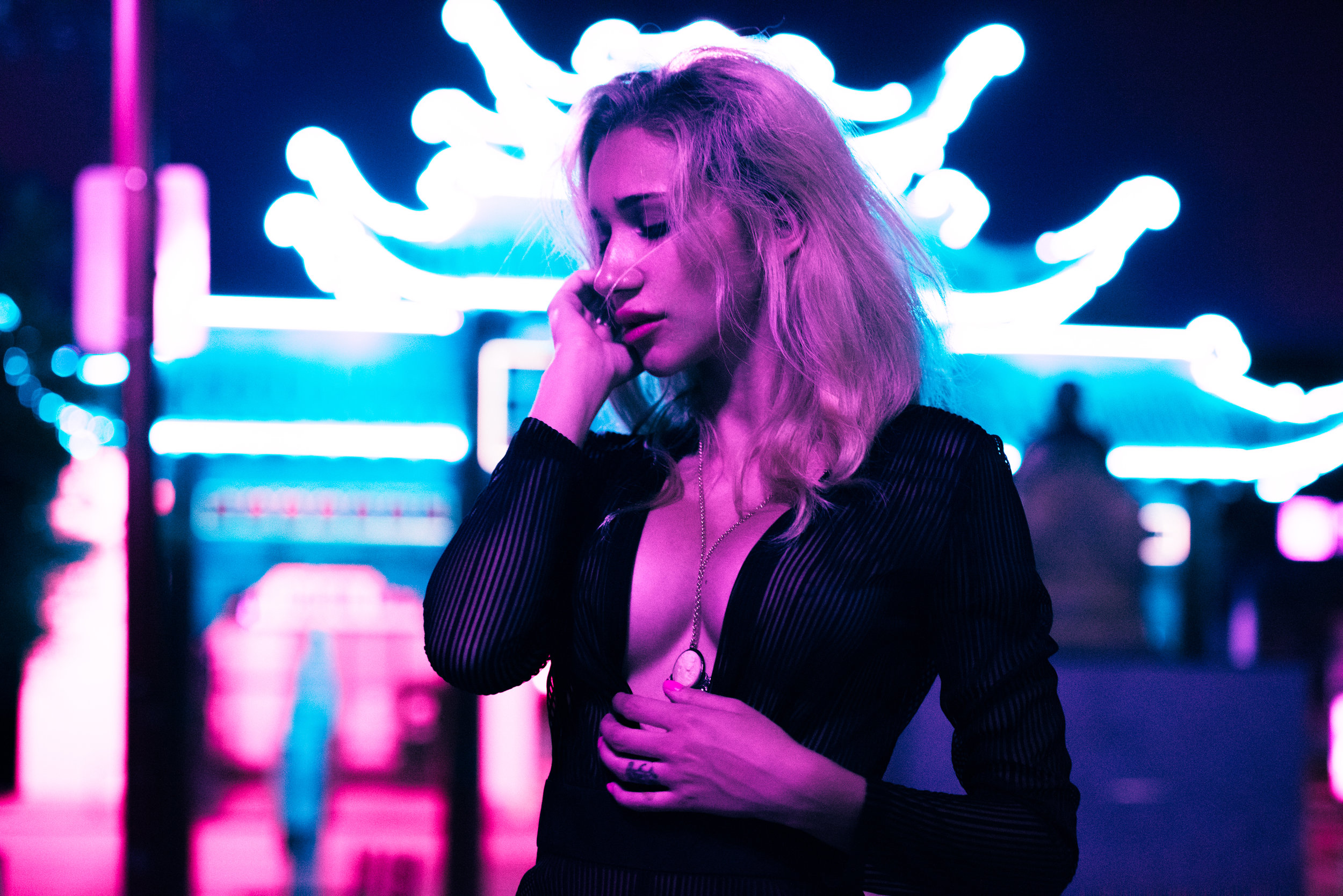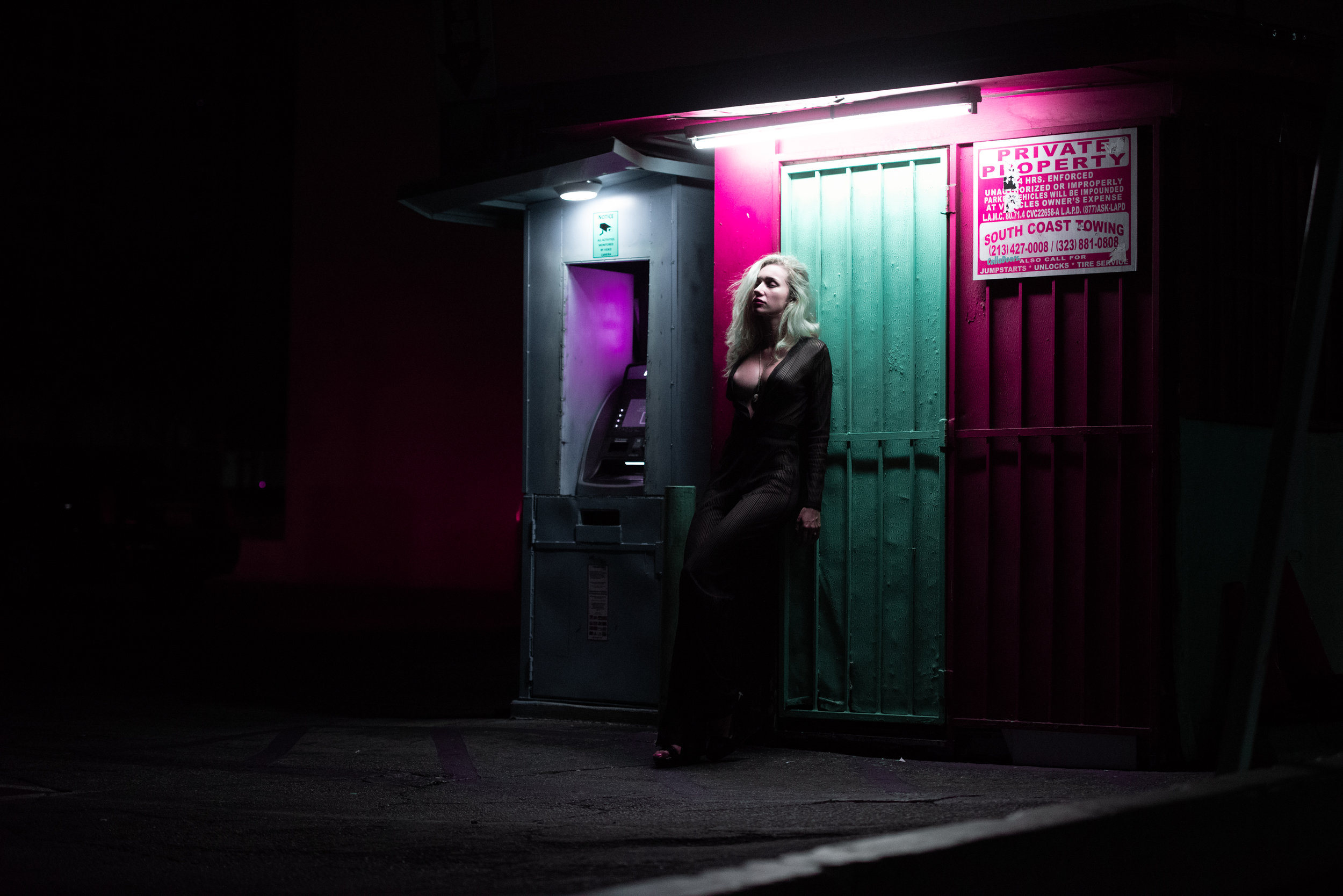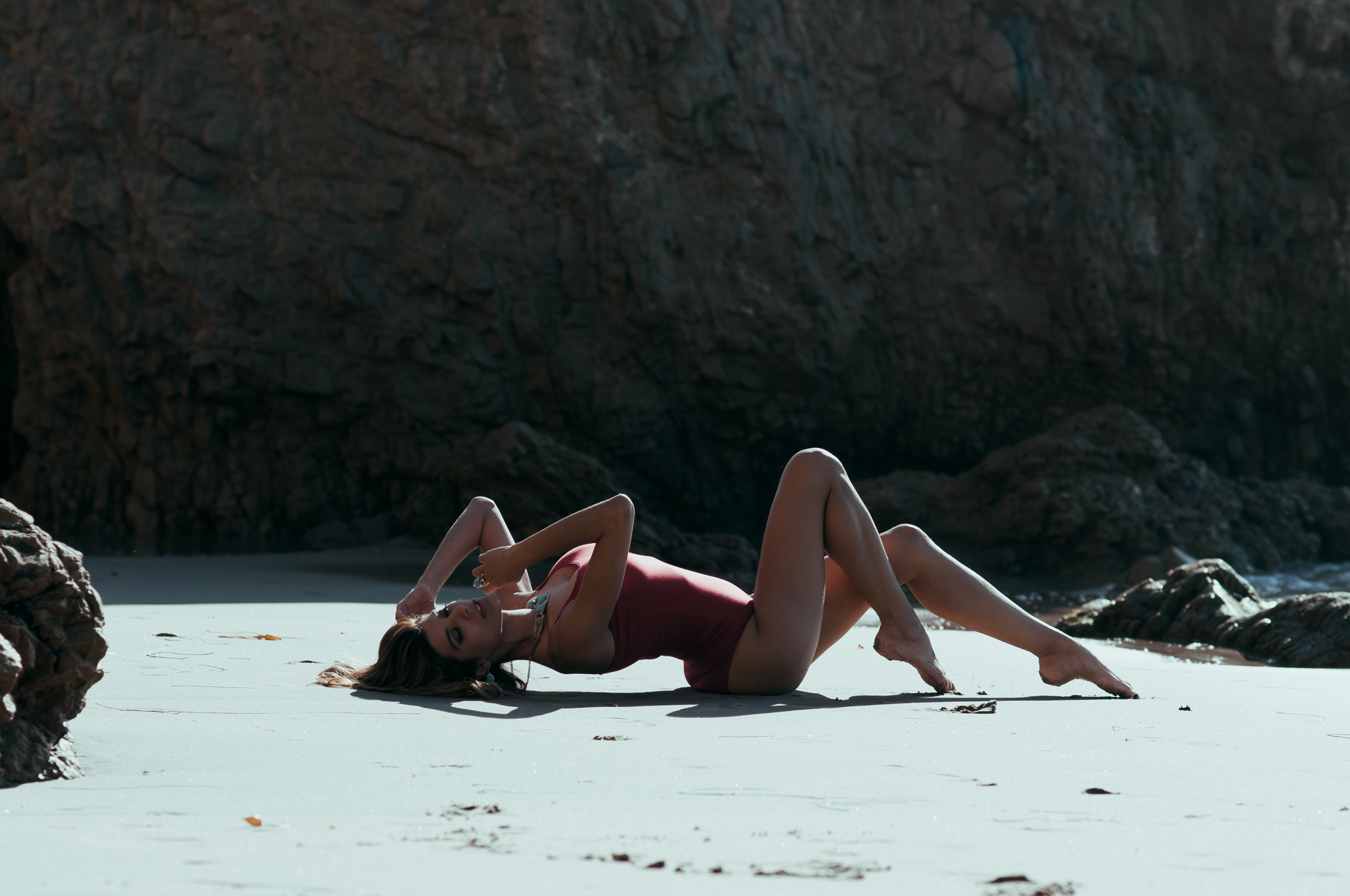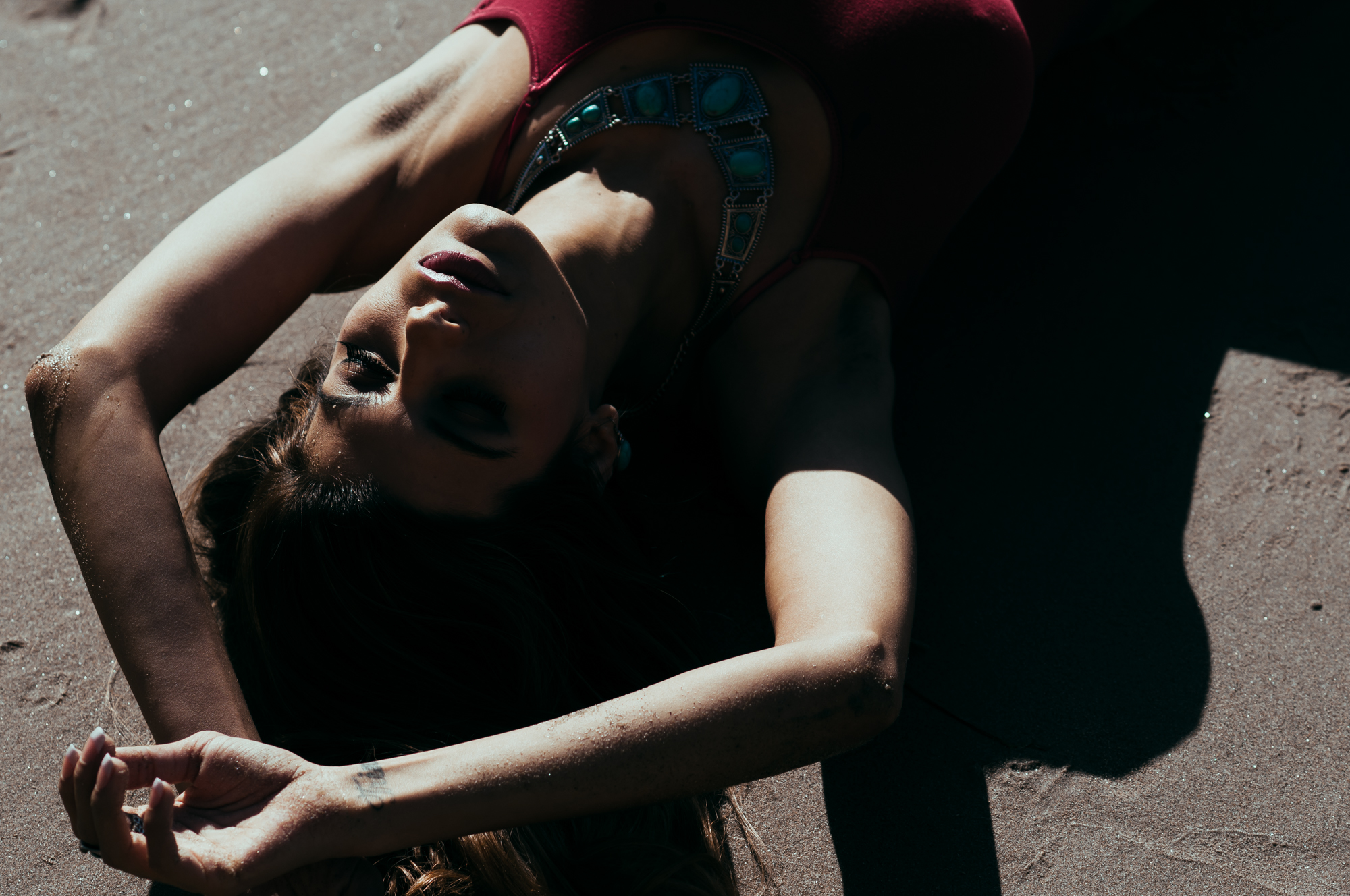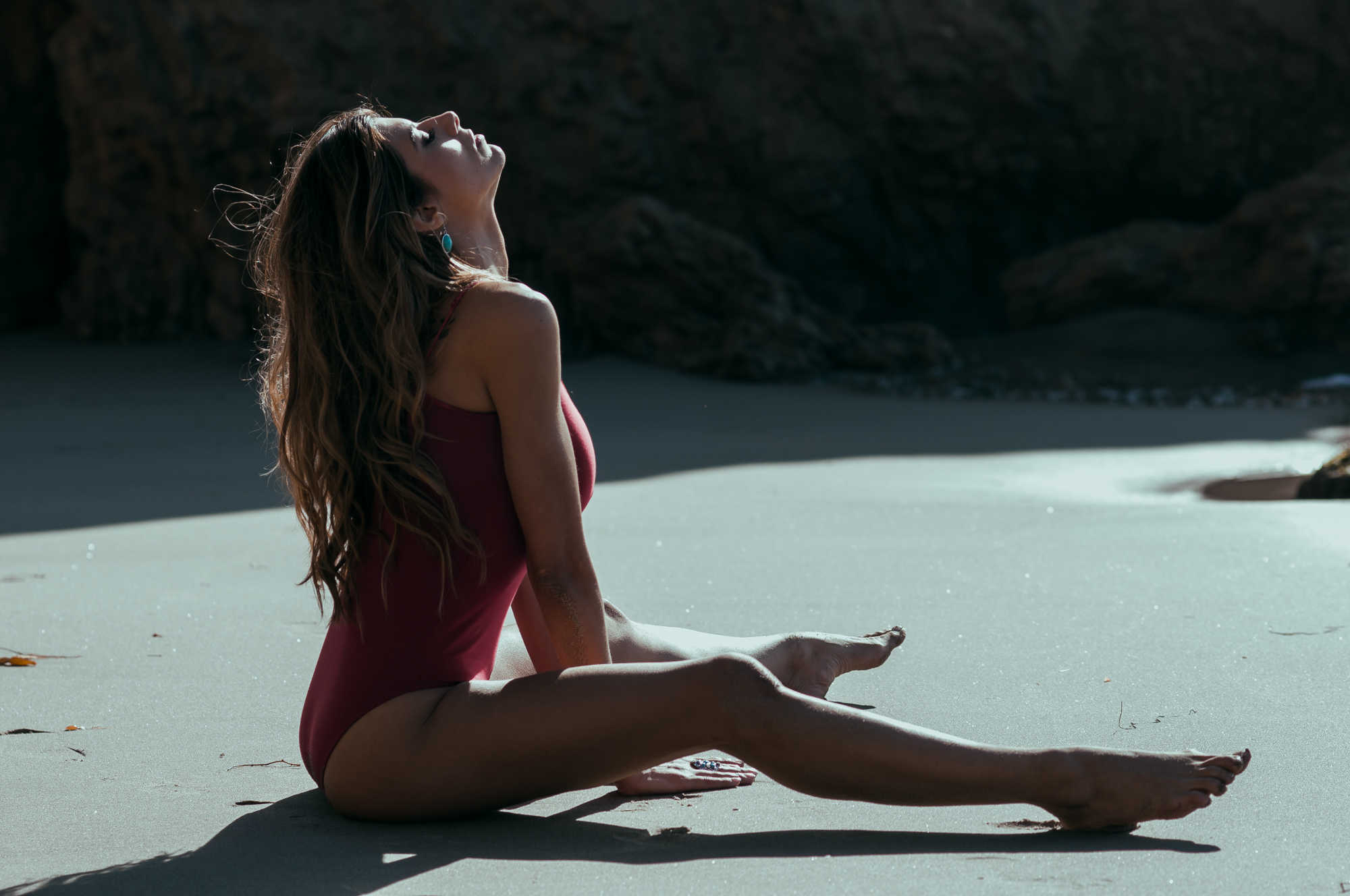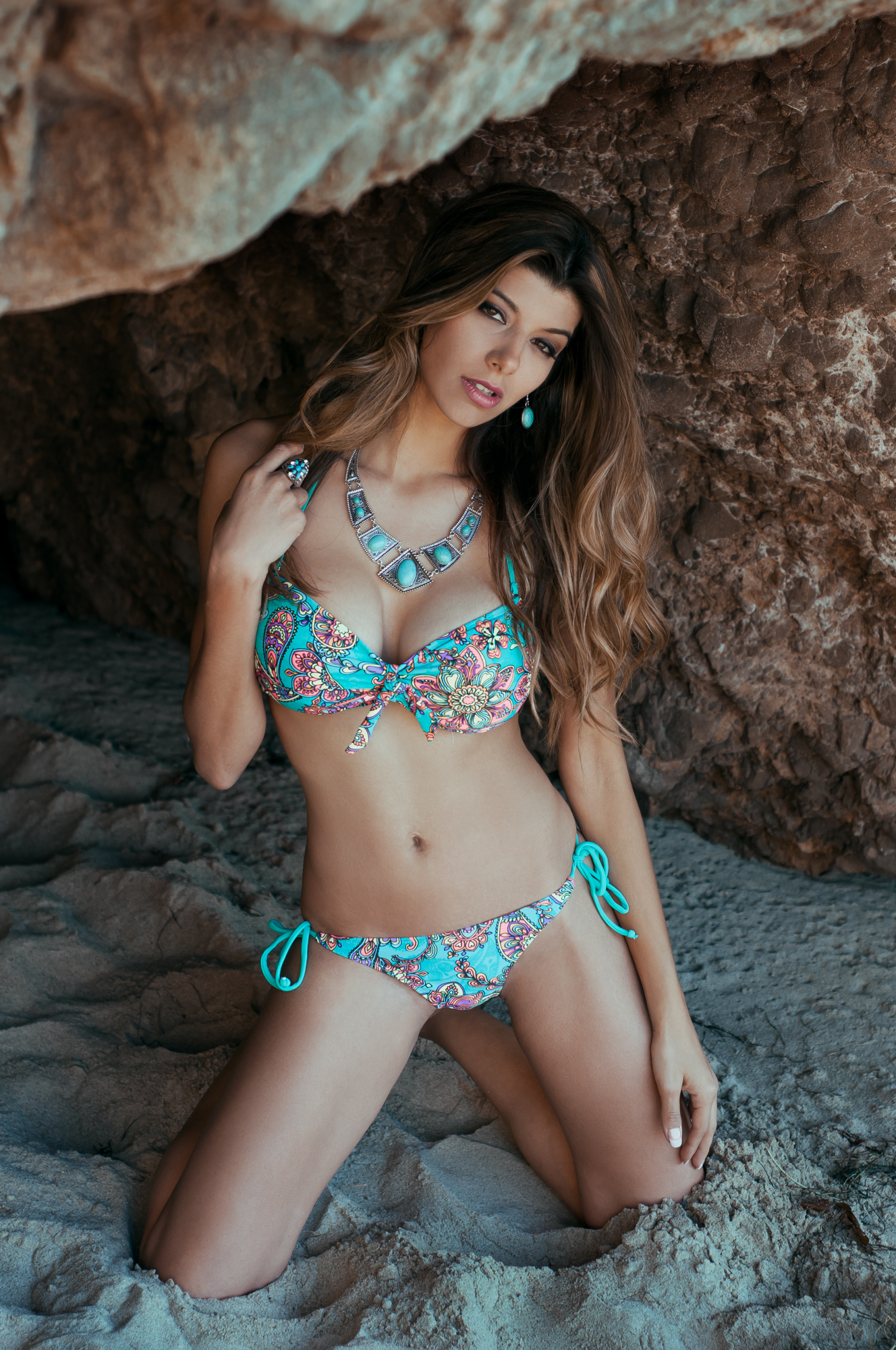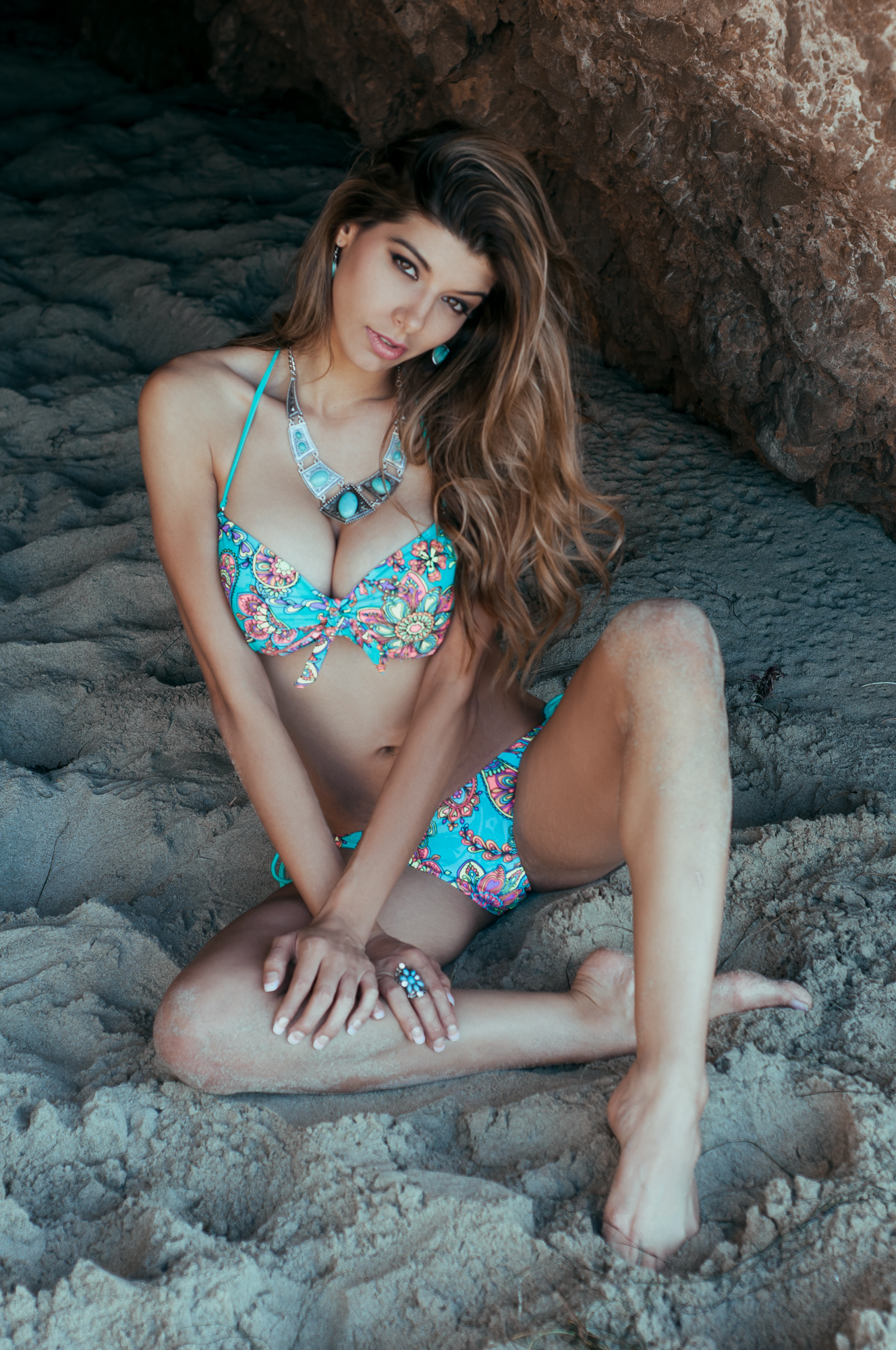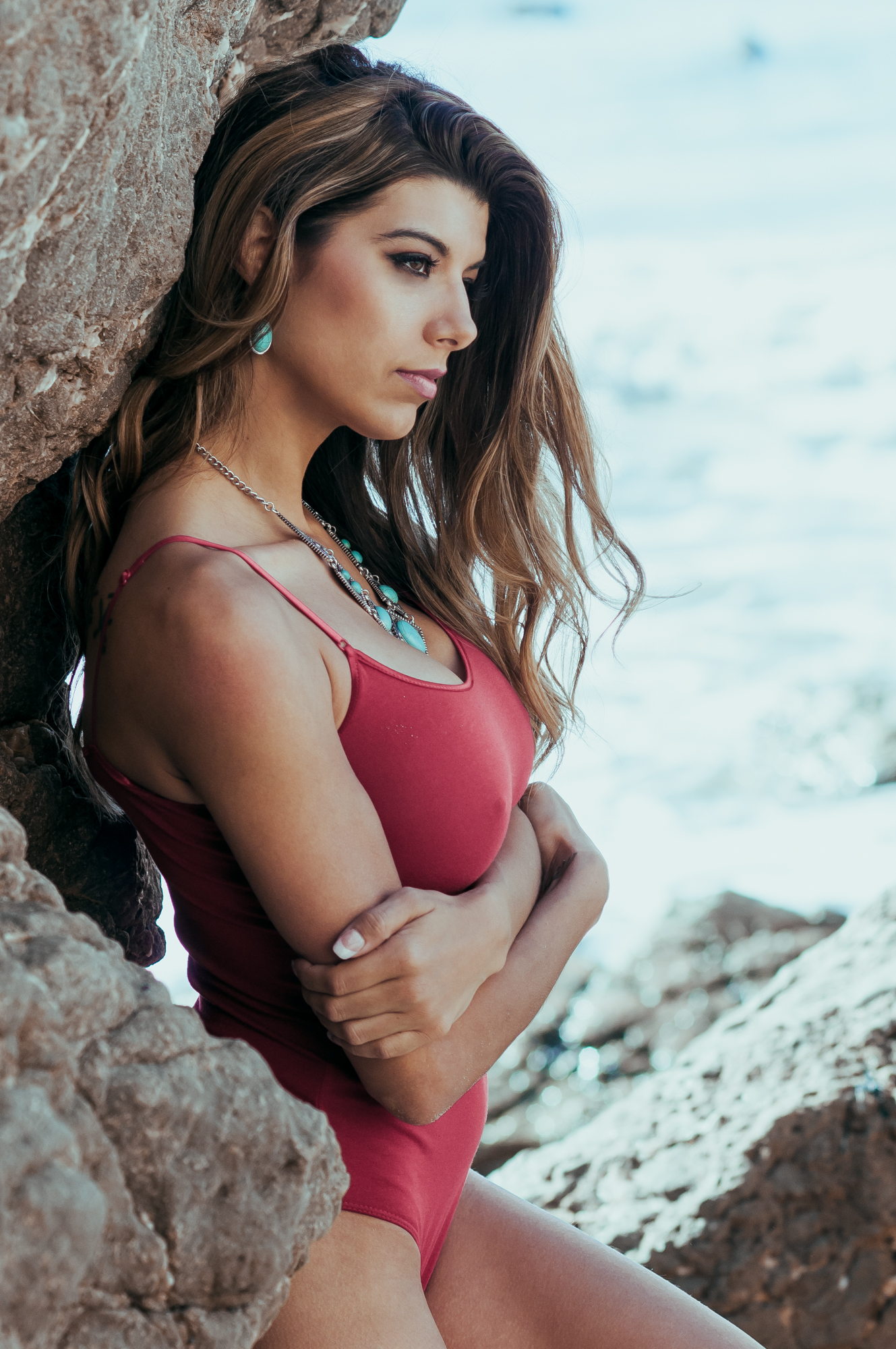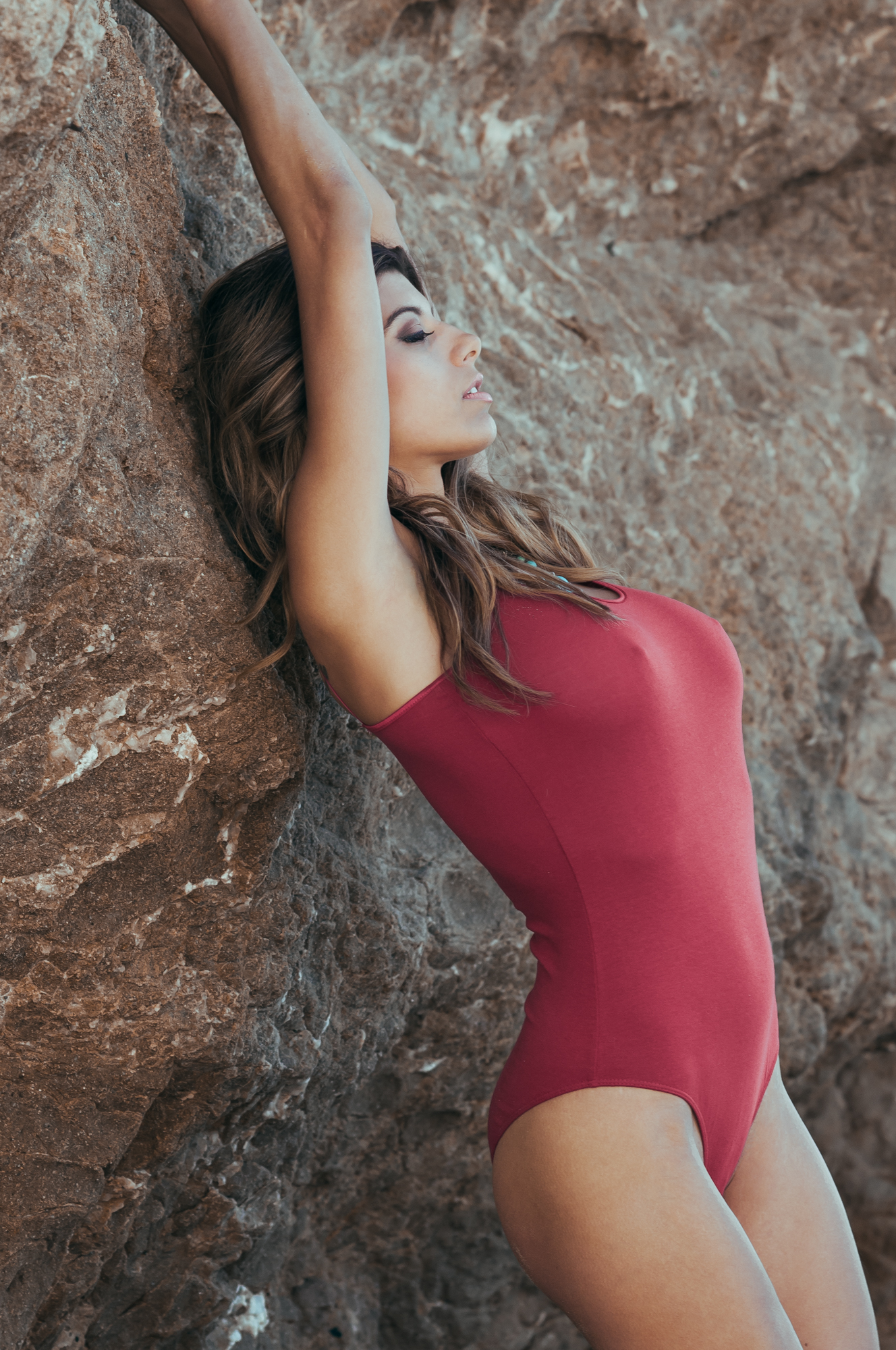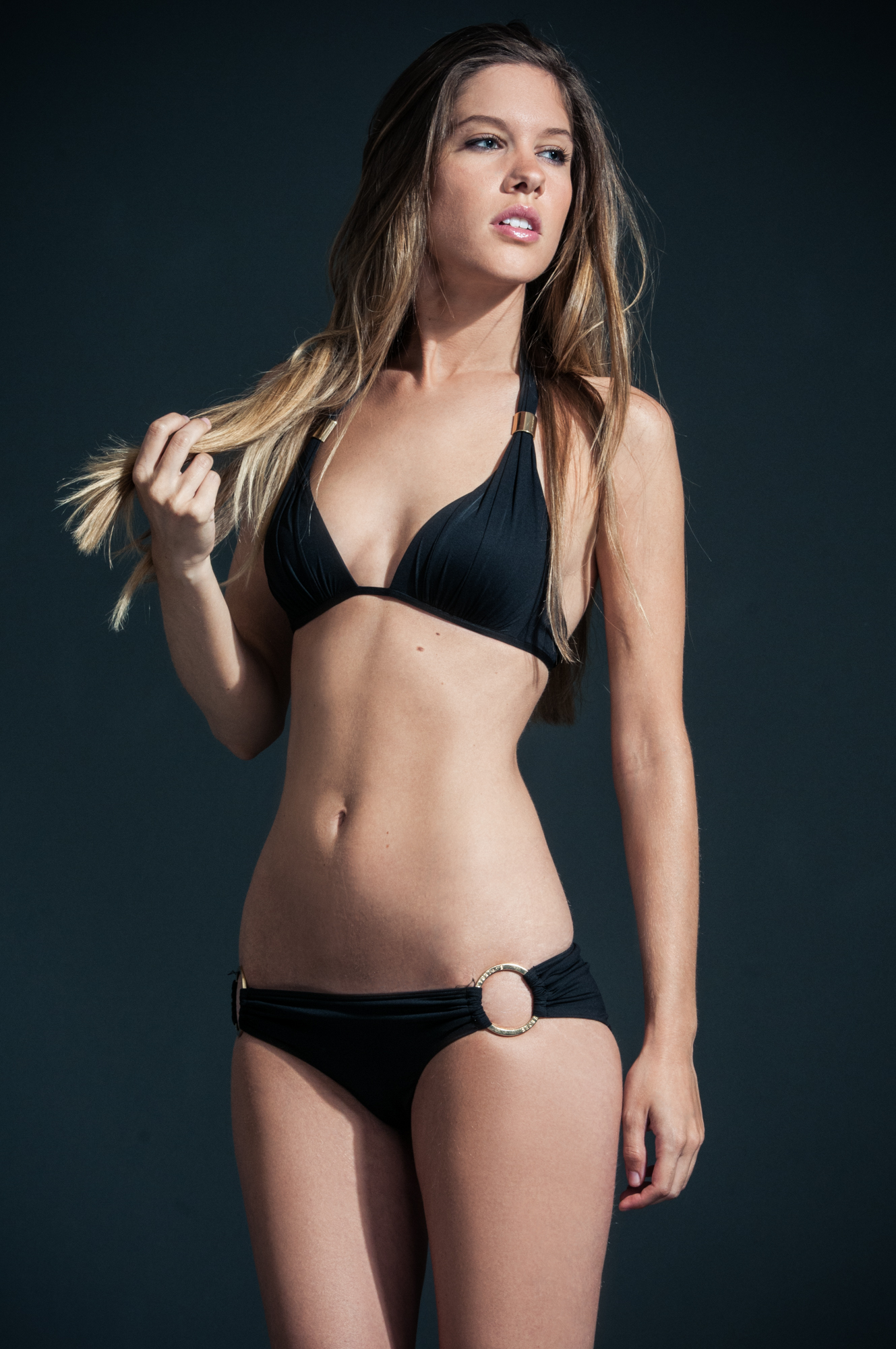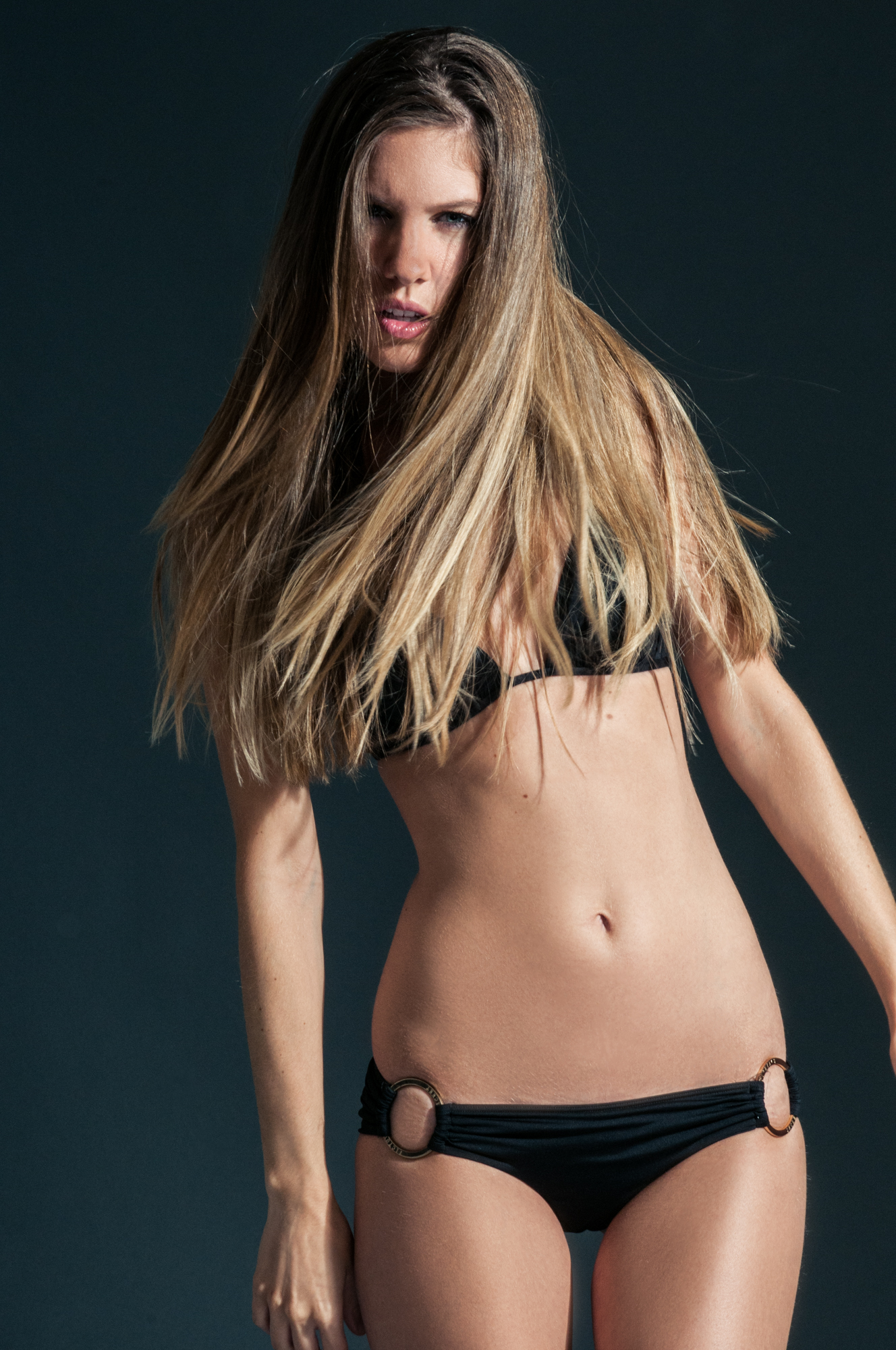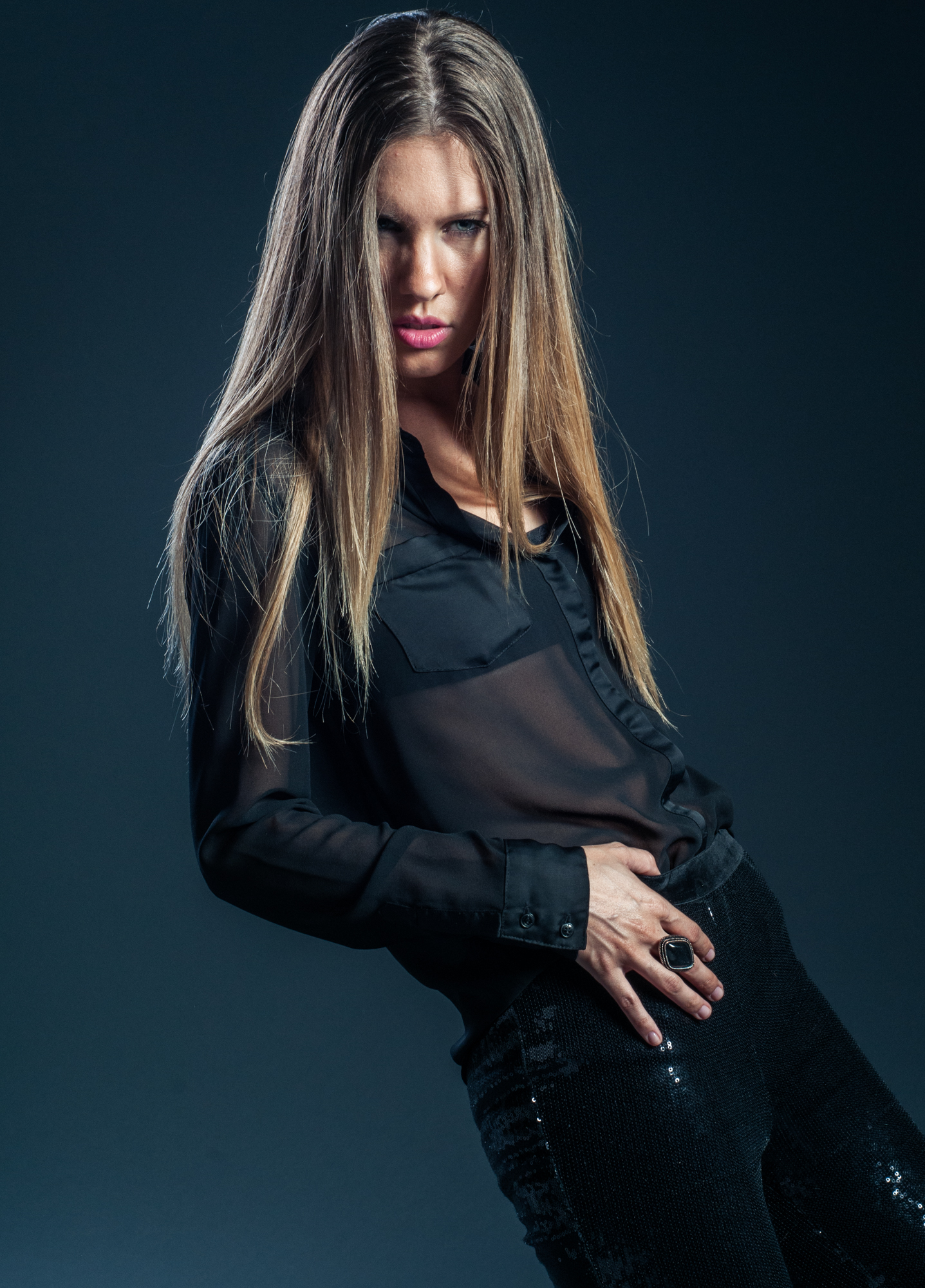One of my favorite things to do these days is take a model around the city to shoot in available light. This particular night I took Mara Del Rose around Old Chinatown in downtown Los Angeles for some noir photo action.
“everything is a light source, so keep your eyes peeled when you’re out in the field.”
In the past, doing this kind of photography was virtually unachievable without a great deal of special equipment and skill, but thanks to my Nikon D810, shooting in low light now only requires me to identify my light sources (virtually all modern DSLRs are holding up great in low light situations). Among my circle of friends I often hear them joke about amateur photographers stating that they can forgo pro lighting for ambient, but armed with the right knowledge I feel like there could be some merit to that. Naturally, when it comes to a professional shoot, you have to consider quality and client expectations, but if your aim is at interesting content for social media or fine art, it's really a lot of fun and you should give it a try!
With it's Chinese architecture, lanterns, and neon lights, Old Chinatown in downtown Los Angeles is a great place to shoot at night. It also helps that after the sun goes down and the shops close, not many people other then the adventurous tourist or bar hoping hipster, hangs out in the area. Street parking also becomes readily available; a constant battle in downtown. The first building that caught our eye was the Royal Pagoda Motel with it's incredible red neon lights running along the side. For my shooting purposes though, the neon red lights were too distant to actually light my model. I needed something bigger and I found it across the street at a bus stop. Some bus stops downtown have illuminated advertising kiosks which I used to light my main subject while keeping those red neon lights in the background to give a sense of place. As I learned from Nels Israelson, everything is a light source, so keep your eyes peeled when you're out in the field. Lucky for you, when you shoot at night, the light sources are much easier to identify.
To speak a bit about my thought process when shooting models at night, I'm looking for flattering light sources for the subject. Often I will see a beautiful light but, it's just pointed in the wrong direction or maybe it's just a little too overhead and gives terrible shadows under the eyes. For women, shadows under the eyes is a terrible pet peeve of mine. Flood lights often give great harsh light to shoot in, but if your model has bad skin then you'll be spending a lot of time in post, at which point maybe you can find a light source that's softer and better for your model. I'm also looking for interesting background lights and scenes, keeping in mind how bokeh is going to look around the subject. Finally, I'm looking at light temperatures and how I can adjust them in camera and in post. Here's a great trick I find people don't often think about: put your camera in live view, if it has it, and then cycle through the custom white balance temperatures. It's a simple way to save yourself some time in post by getting it closer to the color you want before you take any captures. You can also play around with the tint option in the custom settings of your camera (be sure to check the Manuel for your camera to see if these are options for you).
The following are the results of my night with Mara Del Rose. As always, let me know what you think, are there any other tips you care to share? Link to your night photography and I'll give you a free critique.

